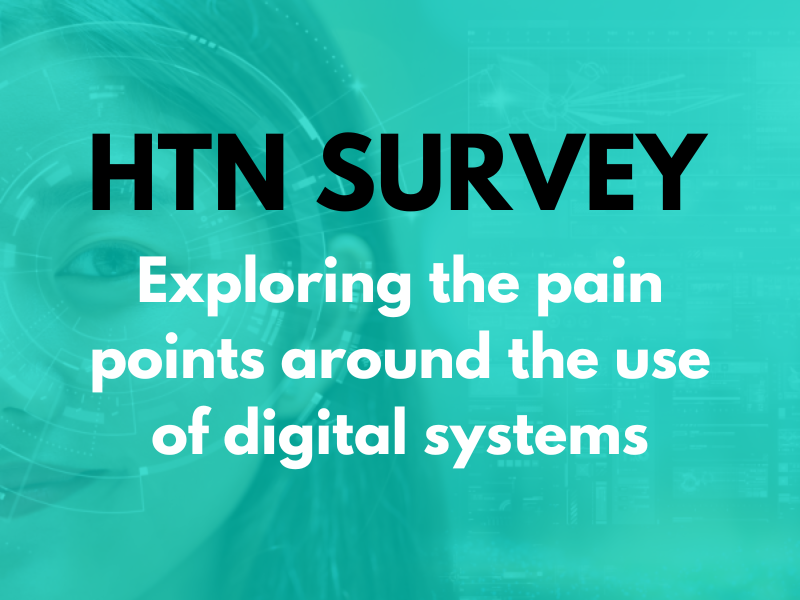Updates have been made to the NHS service standard to improve the responsiveness of NHS online services to the risks of domestic abuse and coercive control, after the need for new guidance “became clear” during work to support patients with proxy access. “As we consider the future of proxy access,” a blog post from NHSE states, “it is important now to address the risk of technology-facilitated abuse and minimise this risk in the service design process.”
Changes have been informed by collaborating with a range of stakeholders, including user-centred design colleagues and NHSE’s domestic abuse and sexual violence programme. The current aim is to raise awareness of the potential for digital teams to “inadvertently build services that can be used to facilitate abuse”, with NHSE highlighting that more work is required in the future to continue to keep patients safe.
Standard 9 on creating a secure service which protects users’ privacy now notes: “Make it easy for users to actively make informed decisions about privacy settings, update their settings and track any changes (for example, by carers or other people who have access to their records).”
Standard 15 on supporting a culture of care has also been updated, asking service teams to take the fears, concerns and emotional state of users seriously, considering their circumstances and any trauma they may have experienced to help meet their needs better. It further requires teams to “consider both positive and negative scenarios for your service, including whether it could be used to control or abuse someone”.
The blog post finishes with an invitation for anyone who may have suggestions or questions about the design of online services in relation to domestic violence and coercive control to email the team at england.service-manual@nhs.net.
Designing services to meet the needs of patients
A HTN Now panel discussion earlier in the year looked at advancing patient engagement with communication tech and patient portals, overcoming challenges and future opportunities in this space. We were joined by experts including Jothi Vasan-O’Leary, medical information officer and outpatient clinical lead (GIRFT) at University Hospitals of Derby and Burton; Daniel Parkinson, digital IT project manager at Leeds Teaching Hospitals; Sally Mole, senior digital programme manager – digital portfolio delivery team at The Dudley Group; and Emma Stratful, chief operating officer at OX.DH.
South East Coast Ambulance Service NHS Foundation Trust has launched a market engagement exercise for a patient safety and risk digital management platform to “better understand the systems available and their differing abilities”. The ambulance service aims for the exercise to support the development of their “needs and wants” on whether one system can deliver the required functionality. However, the notices outlines the platform must be able to meet a wide range of criteria, including reporting capabilities with real-time updates, multiple risk registers, legal management, data export functions, local dashboards, document repositories, and the ability to link records.
University Hospital Southampton NHS Foundation Trust has gone live with a digital outpatient web assistant, designed to “replicate a phone call as much as possible”, forming part of its My Medical Record, patient portal. The virtual assistant aims to “improve the patient journey”, offering a place for patients to “find answers to some frequently asked questions” on hospital services within the trust, with information available on outpatient appointments, blood tests, research, patient medical records and more.
The Health Service Executive Health App has been launched in Ireland, offering patients a “digital front door” to health services. The public launch has been welcomed by the Minister for Health as “an exciting milestone” in the journey to digitise patient health records and to “make it easier for everyone to navigate the health service”.






